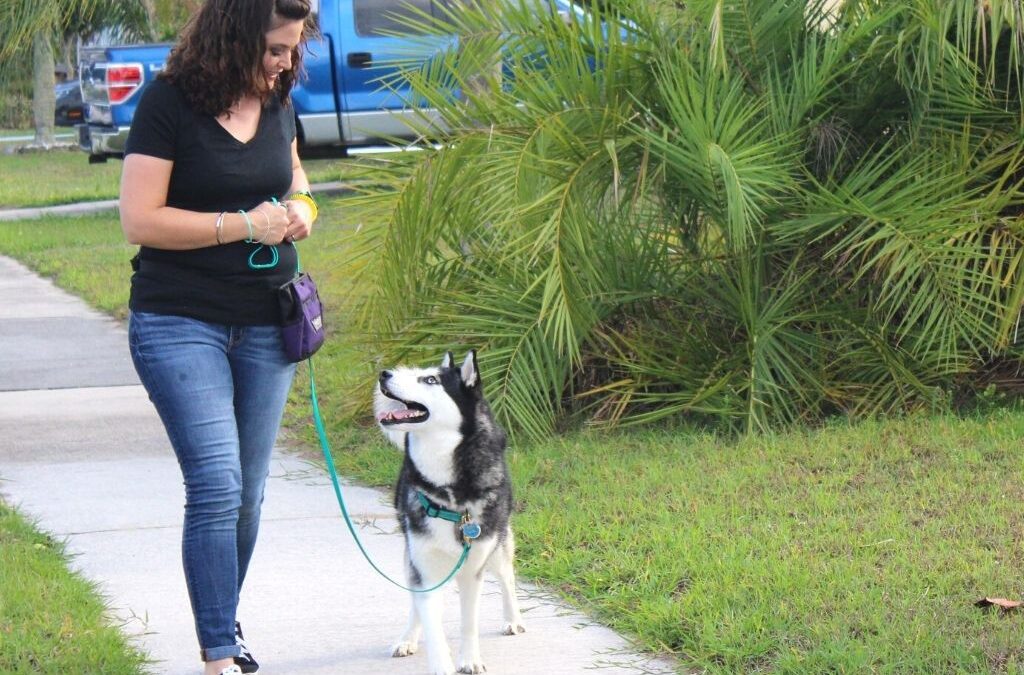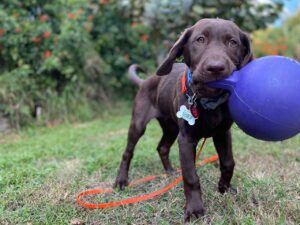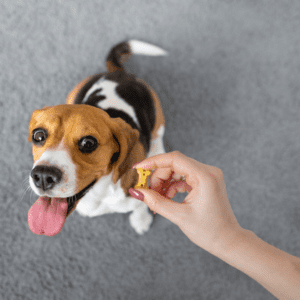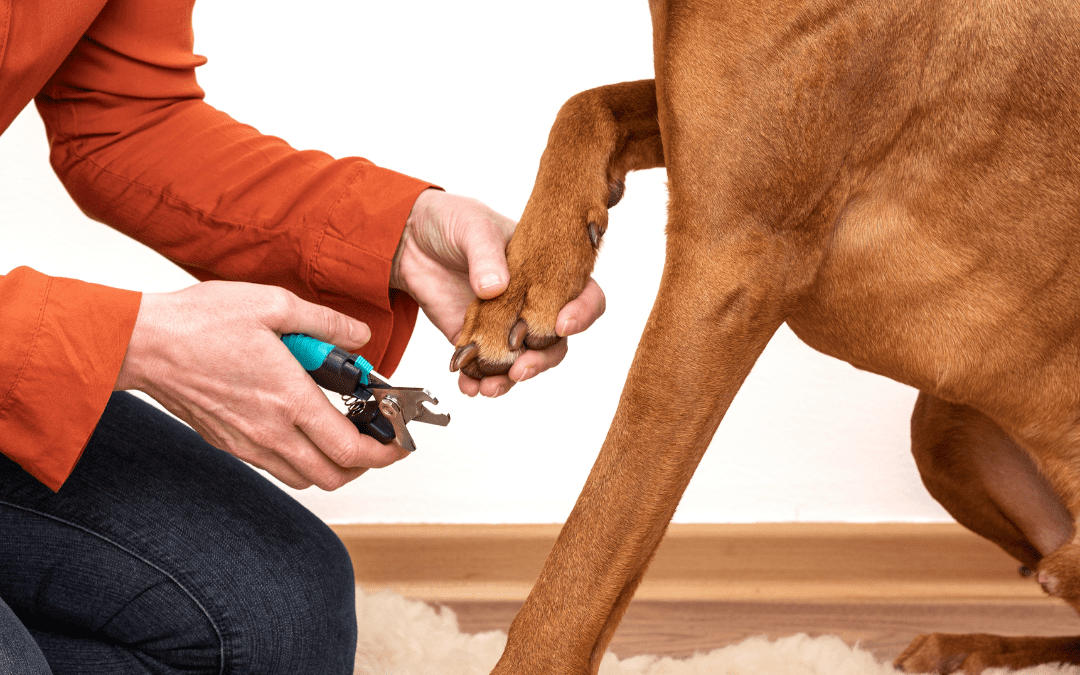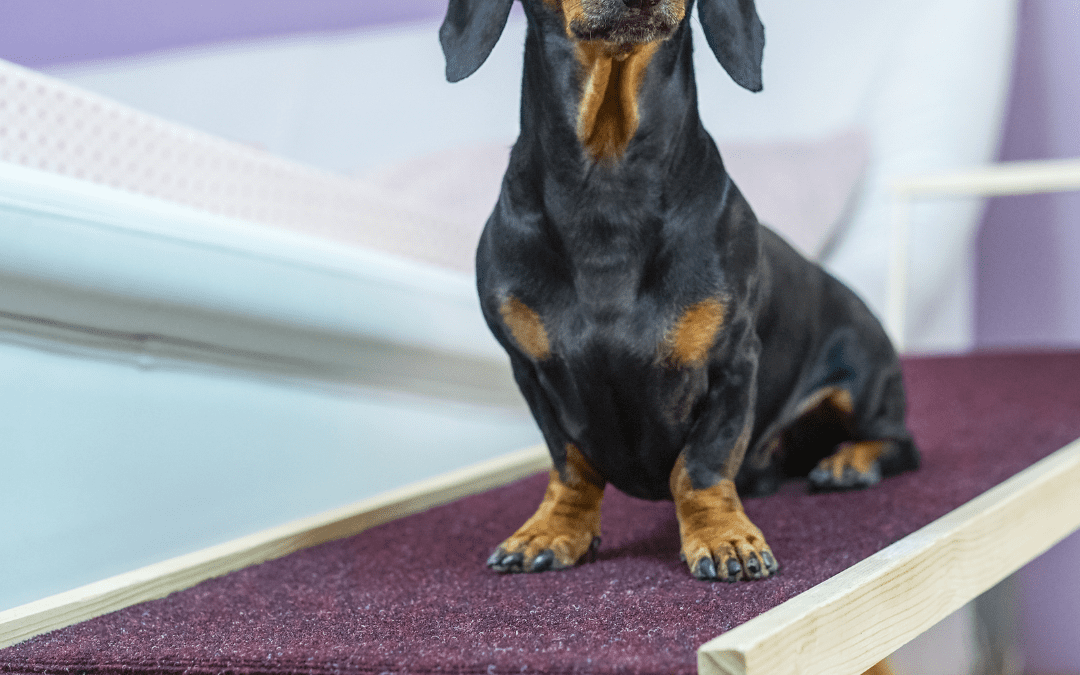
How to Safely Socialize a Puppy Before Vaccinations
How to Safely Socialize a Puppy Before Vaccinations
We often get asked how to safely socialize a puppy before they are fully vaccinated.
It’s really important to get your puppy out experiencing new sights, smells and environments as soon as possible after they’ve settled in at home BEFORE they receive their last set of vaccinations. A puppy’s critical socialization window closes around 14-16 weeks of age. This is the time of your pup’s life when they are forming their opinions about the world and most open to new experiences. Puppies typically receive their final round of vaccines around 16 weeks of age.
This means that if you wait to take them anywhere until their vaccines are completed, you’re totally missing out on this huge window of opportunity with your puppy! The veterinarians at the American Veterinary Society of Animal Behavior say that the risk that your puppy contracts an infection is much less than the risk of negative behavioral fallout from keeping your puppy stuck at home for their first few months of life. You can read their full position statement here:
Now, this DOESN’T mean you should take your puppy to areas with a ton of unknown dogs like a dog park. That’s way too unsafe. But you can take your puppy to plenty of other places without having them interact with dogs (or even people) at all. If your puppy is timid, you want to be extra careful to make sure they aren’t overwhelmed on your socialization field trips.
How to Socialize a Timid Puppy
This 5 month old goldendoodle puppy, King, came to us for Sleepaway Camp. He didn’t have a lot of experiences outside of the home before. We could tell he was a little nervous in new situations and unsure about new people. We made a plan to start socializing him in a way that kept him feeling safe so he didn’t feel the need to bark.
We started by simply parking in a store parking lot and letting King observe the parking lot from the back of our vehicle. Whenever he’d stare at a person or other distraction, we’d say “yes” and give him a treat.
King observing people from van:
Then we tried having him chill out on a bench outside of a grocery store:
Then when he was feeling more comfortable, we took our practice on the move and walked down the sidewalk at a busy plaza and rewarded him for checking in with us and walking nicely.
King walking through the plaza:
How to Socialize a Puppy
Remember, socialization can be passive. Your puppy does NOT have to physically interact with any people or animals in order to benefit. Other safe ways to socialize your puppy before they’re vaccinated include:
-Park at a pet supply store and let your puppy watch people and dogs walk by in the parking lot.
-Stand outside a grocery store and let your puppy watch people walk by. Remember, if your puppy is nervous, do not allow people to pet them.
-Take your puppy on a quick cart ride through a pet friendly store.
*Pro tip: Put a mat or blanket in the bottom of the cart for comfort and make sure they don’t jump out!
-Go to a nature-rich area and walk your puppy. Check out our awesome list of the best places to walk your dog in Sebastian and Vero Beach:
-Take your puppy to the tennis courts and let them observe the action.
-Walk your puppy past a playground so they can hear and see kids. We recommend that you keep moving and keep the visit short to avoid kids running up to your puppy. Puppies nip and have sharp teeth so we don’t let them interact with unknown children. You can always let your puppy watch from the car if it seems too hard to avoid interaction.
-Take your puppy on a happy visit to the veterinarian just to get some treats and then leave.
For more information on how to properly socialize your puppy and avoid accidentally creating issues during the process, check out our other blog here: Problems with Puppy Socialization
Puppy Trainer Sebastian, Vero Beach
If you need help with Socializing your puppy or any other dog training, reach out and speak to us. We offer a free consult so that you can be sure you’re getting the right training for you and your dog! Contact us here or Book your free consult now.

